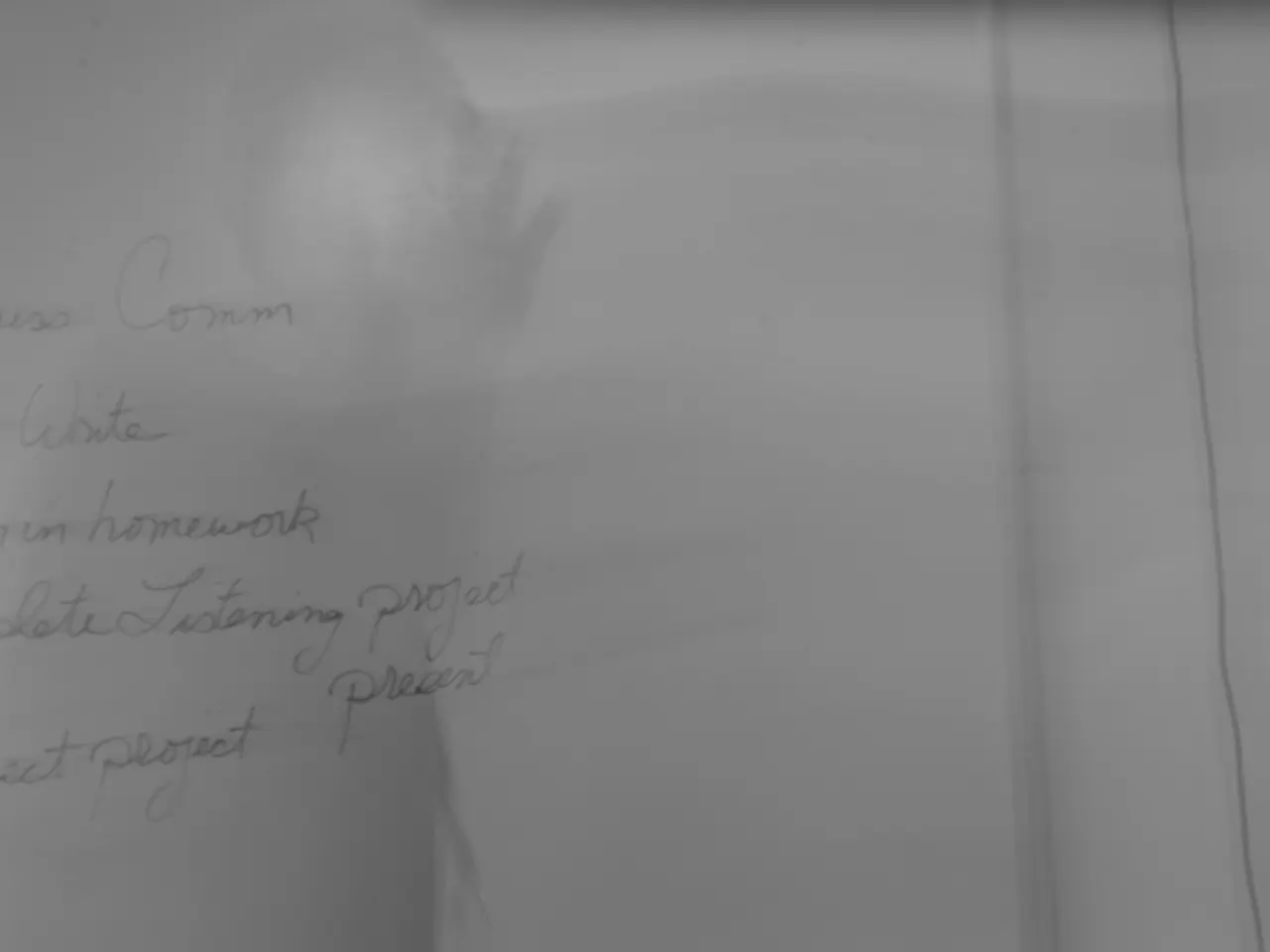Significant expense incurred by businesses due to power outages
New Relic Releases 2025 Observability Forecast: Global Trends and Regional Insights
New Relic, a leading observability provider, has recently unveiled its 2025 Observability Forecast, based on a survey of over 1,700 IT and engineering leaders and team members across 23 countries and 11 industries. The report offers valuable insights into the current state and future direction of observability adoption.
One of the key findings is a global decrease in the average number of observability tools per organization. Data shows a 27% decrease from 2023 to 2025, indicating a growing preference for a unified platform. This trend is particularly noticeable in Australia and New Zealand, where 40% of organizations favour a single, integrated solution, with as many as 46% in New Zealand expressing this preference.
The report also highlights the increasing importance of security, governance, and compliance in driving observability adoption. Over a third (35%) of respondents cite these factors as key drivers. The focus on these areas is reflected in the benefits organisations are seeing. These organisations report the lowest amount of engineering time spent on disruptions, with the median time spent being 20%.
The cost of digital business downtime is another significant factor driving observability investments. High-impact outages carry a median cost of $2 million USD per hour globally. In Australia and New Zealand, the hourly cost for nearly a third of organizations sits between $1-3 million USD per hour. These outages are time-consuming, with 21% of high-impact outages taking between 30-60 minutes to detect and almost a quarter (23%) taking a further 30-60 minutes to resolve.
Despite the deployment of key capabilities increasing, tool sprawl and fragmentation remain challenges. 35% of respondents in ANZ still use five or more observability tools. However, there is growth in the deployment of key observability capabilities. Organisations across Australia and New Zealand saw massive year-over-year growth in the use of database monitoring and alerting, with nearly a doubling in usage.
The use of dashboards to report performance and health KPIs has nearly doubled, from 24% in 2024 to 47% in 2025. The benefits from practitioners are also notable, with 45% reporting increased productivity due to faster issue resolution.
The report also emphasises the growing adoption of enterprise AI as a key focus area for observability investments. AI adoption follows closely at 32%, with customer experience and cost management each noted by 26%. Over half (53%) of executives state that observability helps them achieve business KPIs.
Interestingly, the report does not provide specific details about organisations in New Zealand and Australia that have experienced a significant increase in the adoption of observability functions in 2025 or currently use the most observability tools. However, it does reveal that 48% of respondents state that their organizations plan to consolidate their observability tooling within the next year.
In conclusion, the New Relic 2025 Observability Forecast provides a comprehensive overview of the current state and future direction of observability adoption. The report underscores the importance of security, governance, and compliance, the growing adoption of enterprise AI, and the benefits of a unified observability platform. It also highlights the challenges of tool sprawl and fragmentation and the profound cost of digital business downtime.
Read also:
- Shaping India's Economic Progression: Readying the Financial System for Tomorrow
- Conflict between Ben & Jerry's co-founder and Unilever over Gaza issues leads to resignation of co-founder
- Two farmers in Zambia take legal action against two firms with Chinese connections, alleging an ecological disaster caused by their operations.
- Deepening EU-India relations despite apprehensions regarding Moscow connections




